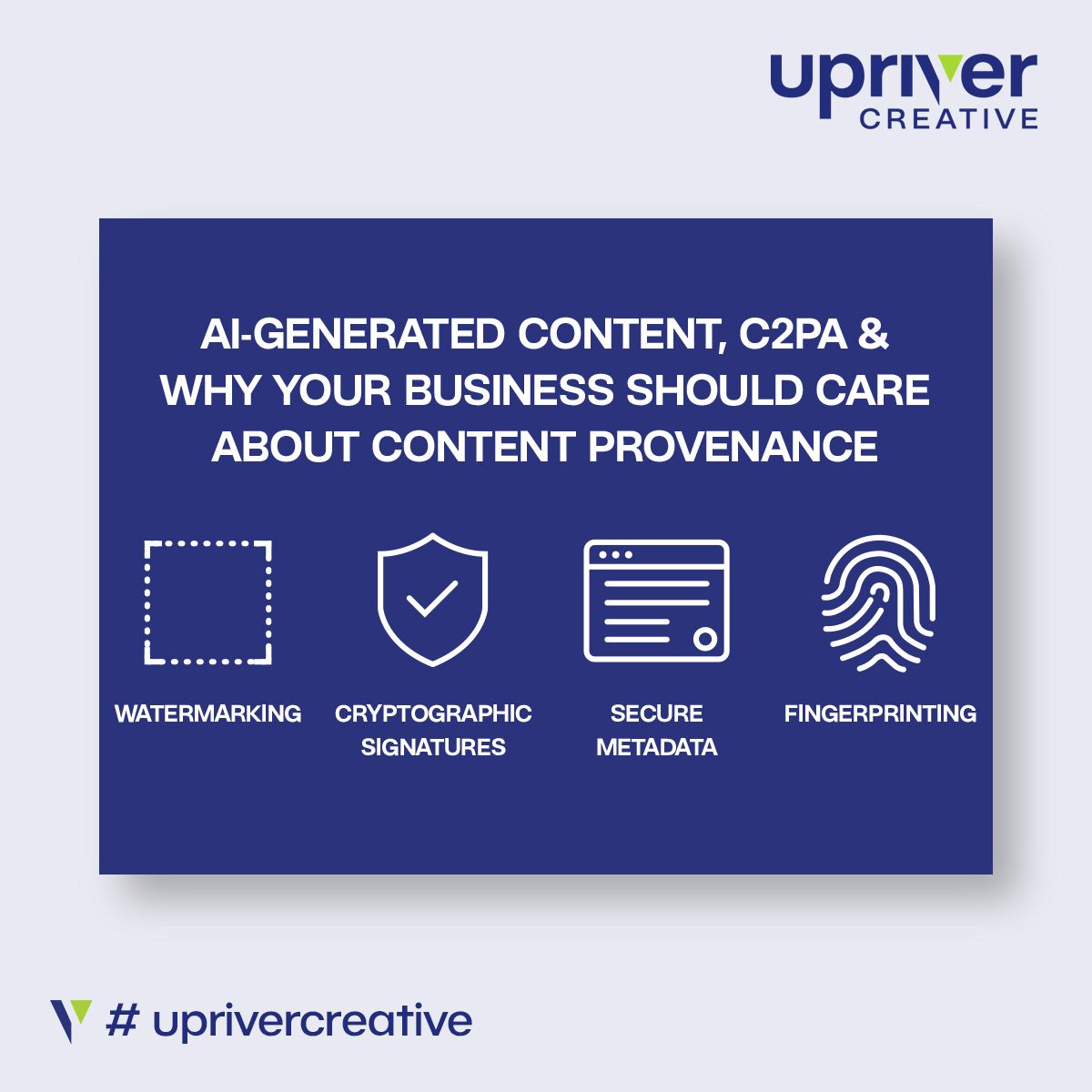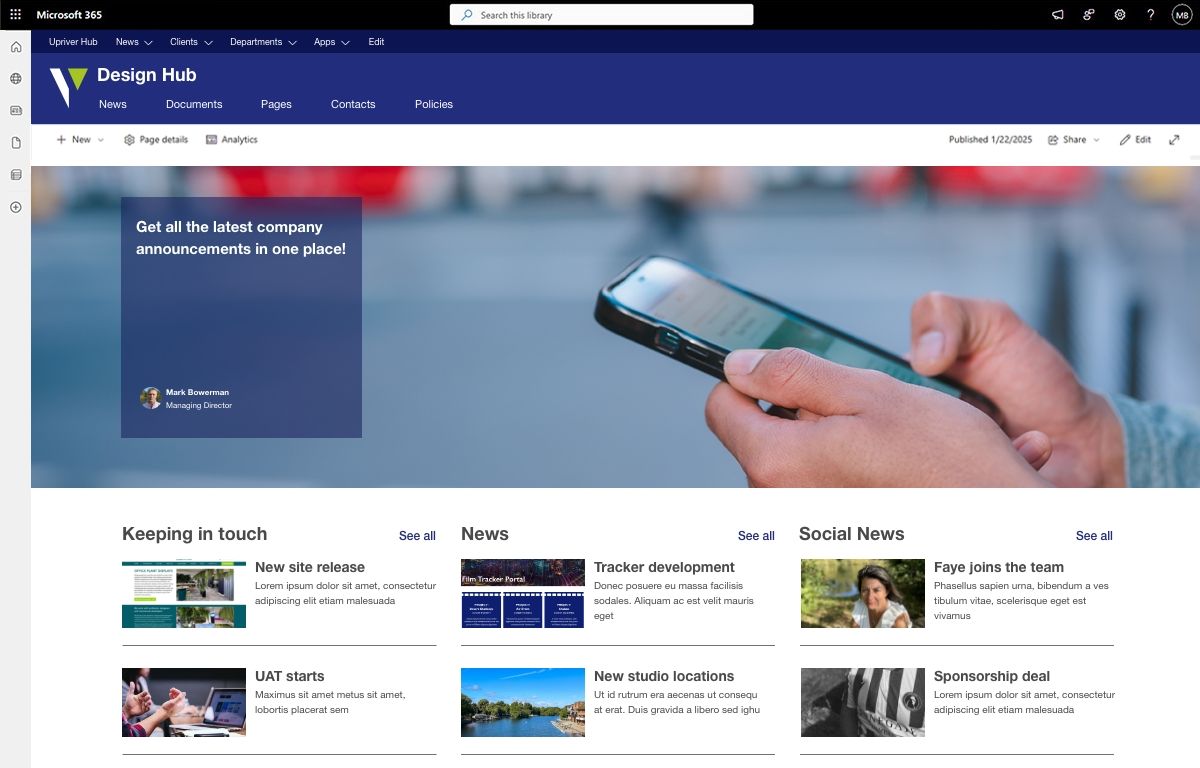The POUR principles of accessibility
Faye Parker • October 30, 2023
Always apply the POUR principles of accessibility.

Accessibility is easy to implement, it requires an accessible mindset, some planning and team buy in.
The four principles are the cornerstones, and here are some of the simplest actions you can take immediately.
Perceivable
- captions on videos
- audio on on text or ensure it is readable by assistive technology
- use Alt Tags on images
Operable
- keyboard based operations cut across disability types and technologies
- animation and media should be controllable
- time limits on actions should be generous or controllable
Understandable
- make text content readable and understandable
- make web pages appear and operate in predictable ways
- help users avoid and correct mistakes
Robust
- clean code is more robust
- ensure tech works across platforms and browsers
- ensure development standards are adhered to
Ensure these principles are part of internal and external communications and you will avoid frustration from users and increase your reach.

As AI-generated content becomes more prevalent, we’re increasingly having strategic conversations with our clients around trust, authenticity, and transparency. Emerging standards like C2PA (The Coalition for Content Provenance and Authenticity) are shaping the future of digital content, and its’ importance for your brand. What Is C2PA and Why Is It Relevant? C2PA is a cross-industry initiative backed by Adobe, Microsoft, the BBC, Intel, and others. It’s designed to provide a standard way of embedding secure, tamper-proof metadata into digital assets, so you can track where content came from, how it’s been edited, and who was involved. The majority of free and commonly used AI tools crawl the internet for appropriate content, with no governance or copyright considerations and the assets produced do not conform to CP2A. How C2PA delivers compliance C2PA-compliant content contains a manifest of origin, securely attached to the file. It includes: • Watermarking: Invisible signals embedded into an image, video, or audio file that confirm whether AI was used in its creation. These aren’t visible logos or overlaid text, but robust signals detectable by C2PA-compliant platforms. • Cryptographic Signatures: These verify the identity of the creator or organisation. That means anyone viewing your content can trace it back to you or your agency as the trusted source. • Secure Metadata: Technical information such as software used, date and time of creation, version history, and whether the asset has been altered using AI tools. • Fingerprinting: Even if someone tries to strip metadata, fingerprinting leaves unique traits in the content that can help trace its origin, especially useful for protecting your brand’s IP. This isn’t just tech for tech’s sake. It’s about ensuring transparency in the content your audiences engage with. 1.Builds Trust with Your Audience Your customers, partners, and employees want to know what’s real and what’s been generated. Transparent content helps you protect brand integrity and stay ahead of potential reputational risks. 2. Prepares You for AI Regulation Legislation around AI and synthetic media is coming fast—from the EU AI Act to emerging UK guidance. C2PA and content provenance strategies help future-proof your approach. 3. Strengthens Internal Governance If your business has multiple teams or markets creating content, embedding provenance helps maintain content control, compliance, and consistency especially important in regulated sectors. 4. Supports Creative Freedom, Not Restriction C2PA doesn’t stop us using AI; it allows it to be used ethically and confidently. You can still harness the speed and scale AI offers—just with the right policies in place. In a world where content can be generated at the click of a button, knowing where it came from and proving it, has never been more important. Want to explore how AI and content provenance can sit safely within your brand strategy? We’ll help you harness the potential without losing sight of what matters. Trust, accountability, and quality are crucial qualities for brand

Understanding the direct link between business communication for fostering a sense of belonging with employees and maintain alignment, is not a new concept. What is a newer trend is C-Suite directing Comms not to use email for the delivery of important company news - with global, hybrid and remote working, what is the solution? If your business runs on Microsoft 365, the answer lies in utilising SharePoint’s News feature to streamline and elevate your internal communications. Here are three reasons businesses should make SharePoint News their go-to platform for posting important company updates. 1. Centralised Communication for Easy Access When important news gets buried in email threads or lost in the clutter of chat messages, critical information can easily be missed. A study by Gallup found that companies with high employee engagement are 21% more profitable, and SharePoint can be a crucial tool in driving that engagement by offering transparency and ease of access. SharePoint News solves this by centralising your company updates in one easy to access place. Employees can visit your SharePoint site at any time to catch up on what’s happening, whether it’s a new product launch, policy change, or an exciting event. If you are consistent with posting news to SharePoint, your employees will be equally consistent checking for updates. 2. Increased Visibility and Engagement Posting company updates to SharePoint News boosts the visibility of important information. Unlike an email that might get lost in a crowded inbox, News posts are front and centre on your intranet homepage. SharePoint also allows you to customise notifications, so employees get real-time alerts when news is posted, ensuring timely engagement, you can also encourage teams to follow relevant pages so the never miss an update. 3. Drives Engagement and Outcomes SharePoint News doesn’t just inform your employees; it actively engages them. By allowing users to comment, like, and share news posts, you create a feedback loop encouraging employees to participate in discussions and share their insights. Drive real outcomes by fostering collaboration and ensuring that updates translate into action. When your team is more involved, they’re more likely to understand and execute on the company’s goals. 4. Building Culture By having all the stories in one place employees see them every time they enter the site. New starters can see a history of news and understand instantly what’s happened in the period before they joined, gaining a deeper understanding of the business and department they have joined. When everyone feels empowered to contribute, the organisation benefits from improved clarity and stronger collective outcomes. So, for businesses looking to improve internal communication, posting important company news to SharePoint is the future. It ensures that your team has easy access to the latest updates, increases employee engagement, and drives meaningful outcomes. Whether you’re managing a remote workforce or a tight-knit office, SharePoint News keeps everyone aligned and informed - key ingredients for long-term success.
